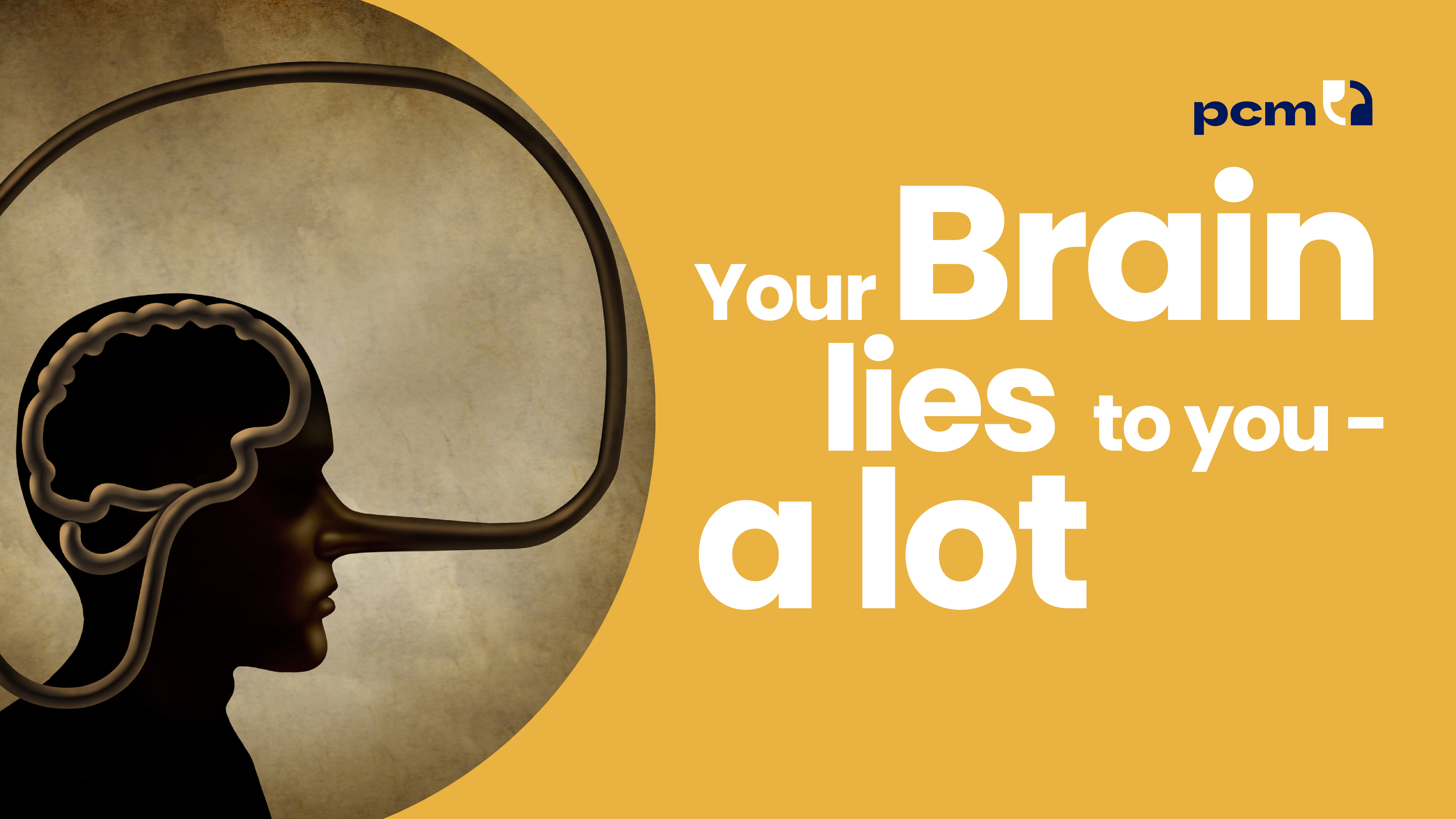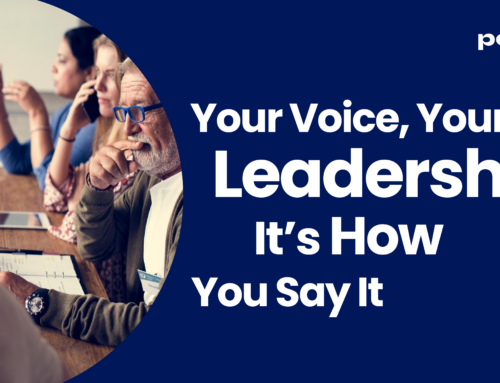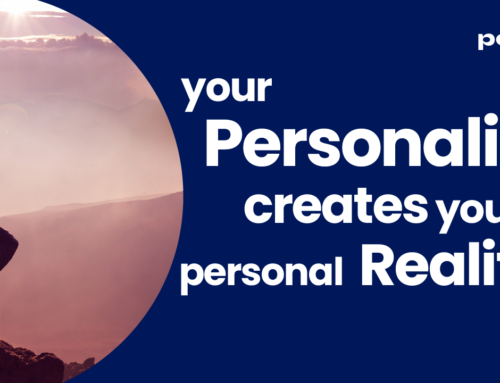
Your brain processes around 11 million bits per second. Most of those processes happen automatic. As a matter of fact, our conscious mind can only work through around 1/220,000 of all inputs – or around 50 bits per second.
In other words, there are around ten times more neurons telling your eyes what to look for than it has to take things in randomly. So, you literally see what you want to see. What you process consciously depends very much on where you decide to place your attention to. The rest are automatic programmes that run when a cue is given.
Brain Development
Many of these automatic programmes are built during our early childhood and then again as teens. We are born with a remarkably unfinished brain. Although we are already equipped with the majority of our neurons, they are not yet well connected. The number of connections explode during the first decade – myelination happens from back to front (this is why reasoning and good decision making eludes most people until they hit the mid 20s). The way neurons connect is a result of our interactions with the environment, and attachments to parents, family, caregivers, peers etc. The more we experience certain things or the more emotionally charged they are, the more robust this particular neural pathway is reinforced. Likewise, less used connections die. This means that in childhood we develop neural super-highways, which drive our behaviours – often in ways we are not even aware of. And sometimes they tell us lies.
Early experience teaches us how to feel good and how to avoid feeling bad. Based on our life circumstances, these habits can be healthy and positive, or they can be problematic coping mechanisms that helped us to ‘survive’ with the limited emotional and cognitive tools we had available as babies, toddlers, teens. And as adults we are mostly still using the same navigation system, meaning we often fly on autopilot without knowing what drives our thoughts, feelings and behaviours.
Negative Thoughts
Research indicates that up to 80% of our thoughts are negative, and 95% are repetitive. Just let this sink in: day after day we think and worry about same things. Thoughts that make us sad, angry or blame others or ourselves for not ‘living the dream’. It’s like in the movie Groundhog Day. A vicious cycle over and over again.
Such thoughts are called Automatic Negative Thoughts – ANTs, and they can indeed be as invasive as an ant infestation in your home.
ANTs tell us things like:
- My boss / partner / friend doesn’t like me
- I’ll never find another job / partner – who would want me
- I can’t rely on others
- I can’t do this, I’m not competent
- Others are out to get me
- I wish I could disappear
More often than not, these thoughts are lies, based on the coping mechanisms of our early childhood. Their aim is to protect us from ‘anticipated’ harm. They also result in behaviours that are not beneficial for our health, relationships and wellbeing as adults.
What can we do to get rid of those pesky ants? We can learn how to focus your attention and recognise when your brain is telling you fibs. There are two ways you can do this – from the outside-in or from the inside-out.
-
Outside-in
Our language and behaviours are the outputs of what is going on inside of us. We know that ‘how we say something’ influences the way our brain operates and it influences the neural pathways and brain chemicals. This in turn has an effect on how we perceive and interact with the world.
By consciously observing and shifting our language, we can learn to access different perceptions and gain a broader view of what is going on. We can also learn to recognise when ants have activated our (or somebody else’s) fight/flight response, simply by analysing speech patterns and non-verbal behaviours.
The Process Communications Model is one of those tools. The book ‘If you want them to listen, talk their language’ is a first step to a masterful use of language and communication.
-
Inside-out
There are great tools out there that teach you step-by-step methods how to become aware, reframe and retrain your brain.
Here are two of my favourites:
- You are not your Brain (Jeffrey M Schwartz, M.D. and Rebecca Gladding, M.D.)
- Change your Brain, change your Life (Daniel G. Amen, M.D.)
Recognising the lies your brain is telling you, learning not to listen, and instead reshaping your reality is an amazing skill that has the power to transform lives.





